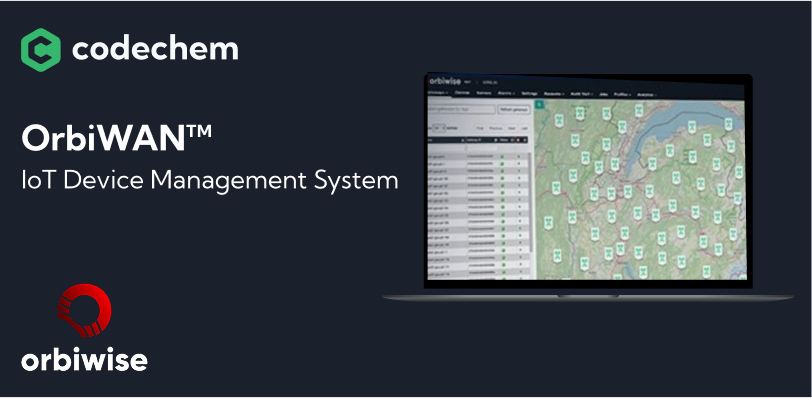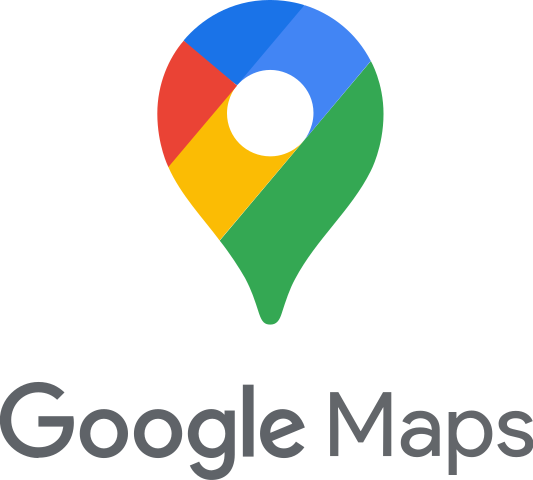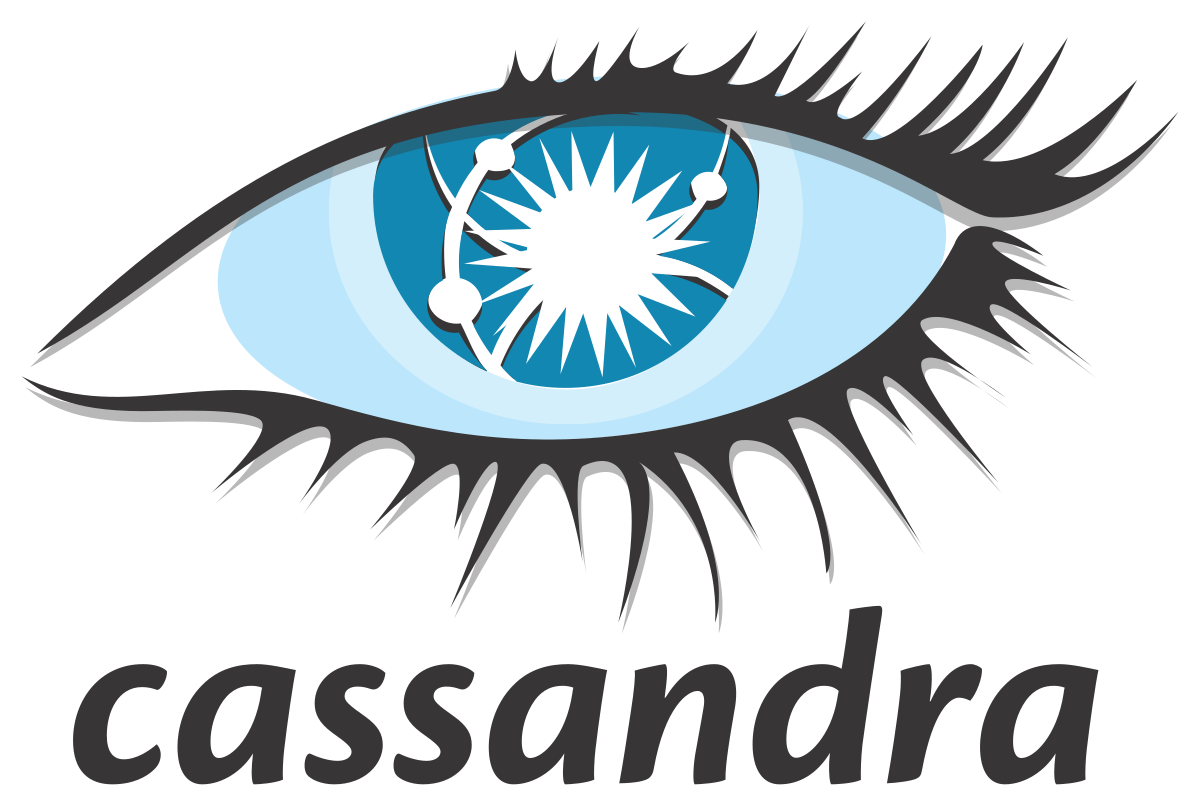IoT Device Management System

Client
OrbiWise
Industry
IoT
Description
OrbiWise is an innovative technology company specializing in IoT connectivity and management solutions and a distinguished member of the LoRaWAN Alliance. With a global presence and diverse customer base, they needed a sophisticated platform to manage their expanding network of sensors and gateways while providing intuitive control interfaces for end users.
The Challenge
As OrbiWise expanded its deployment of sensors across multiple regions and customer segments, it encountered several critical obstacles:
Establishing reliable two-way communication with diverse sensor devices proved technically complex
Translating machine-readable commands into intuitive user interfaces was challenging
Managing deployments across global regions required different mapping solutions based on location
Existing device management systems lacked scalability for growing IoT deployments
Multi-tenant requirements demanded strict data isolation between different customers
Legacy systems provided limited visibility into device status and historical performance
Onboarding new devices was cumbersome and error-prone
Interpreting sensor readings required complex data transformations to be useful for end users
OrbiWise needed a comprehensive solution to bridge the technical complexity of IoT device communication.
Our Collaboration
We partnered with OrbiWise to develop a sophisticated multi-tenant IoT Device Management System for their sensors. The project began with extensive research into the existing implementation to understand the communication protocols and data structures.
Building on this foundation, we implemented significant improvements to the existing features while introducing new capabilities to enhance user experience. A key challenge we addressed was establishing reliable bidirectional communication between the platform and sensor devices, ensuring user commands were accurately translated into machine-readable values and sensor readings were converted into intuitive, human-readable formats.
The system's multi-tenant architecture enabled strict separation between customers while maintaining centralized management capabilities. We implemented an intelligent mapping component that automatically deployed either Google Maps or Baidu Maps based on the customer's geographical location, ensuring optimal performance and availability across global markets.
A comprehensive device onboarding workflow simplified adding new sensors to the network, while an advanced data logging system provided valuable insights into historical performance and trends. The entire platform was containerized using Docker to ensure consistent deployment across diverse environments.
Key Features
Bidirectional Communication: Seamless translation between user commands and device-specific protocols
Global Mapping Solution: Automatic selection between Google Maps and Baidu Maps based on user location
Real-time Device Monitoring: Live visualization of sensor status and latest readings
Multi-tenant Architecture: Secure separation of data and customizable experiences for different customers
Device Onboarding Workflow: Streamlined process for adding and configuring new devices
Geospatial Visualization: Interactive maps showing precise device deployment locations
Historical Data Analysis: Comprehensive logging and trending of sensor readings over time
Responsive Design: Cross-device compatibility for management on desktop and mobile platforms
Gateway Management: Centralized control of communication hubs connecting multiple sensors
Technology Stack
The IoT Device Management System leverages modern technologies for optimal performance and scalability:
Frontend: Angular, TypeScript
Backend: Node.js
Databases: Cassandra, Redis
Mapping: Google Maps, Baidu Maps
Infrastructure: Linux, Docker<br /
Communication: WebSockets, MQTT
Monitoring: Distributed logging, real-time analytics
Impact
The modernized IoT Device Management System has delivered significant benefits to OrbiWise and its customers:
Enhanced User Experience: Simplified device management substantially increased user satisfaction
Reduced Complexity: Intuitive interfaces made complex technical operations accessible to non-technical users
Global Accessibility: Region-appropriate mapping solutions ensured consistent performance worldwide
Improved Reliability: Robust communication protocols significantly reduced device connection failures
Operational Efficiency: Streamlined device onboarding reduced deployment time
Better Insights: Comprehensive data logging enabled pattern recognition and predictive maintenance
Scalable Architecture: Multi-tenant design supported growth without proportional infrastructure costs
Increased Adoption: Easier management led to expanded deployment of devices
This successful implementation demonstrates how thoughtful system design can bridge the gap between complex IoT technologies and everyday users, enabling sophisticated capabilities through an accessible management platform that adapts to diverse global requirements.
Let's talk!
Tell us your app idea and what you want to achieve. We’ll get back to you in one business day.










